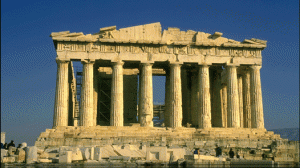
The achievements of Classical Athens (roughly from the 6th to the 4th century B.C.) have earned it the title “The Birthplace of Western Civilization,” since the art, literature, philosophy and political system of the period have influenced Western thought even up to the present day. The Parthenon (completed in 438 B.C), Athens’ most famous structure, was originally a temple dedicated to Athena, the city’s namesake and patron deity.
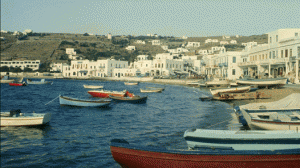
There are few countries where the meeting of land and sea creates such a complex pattern of islands, inlets, gulfs and bays, as in Greece. The sea presses deep into the land with hundreds of arms separated by the rocky spines of peninsulas, and only a small, wedge-shaped portion of the country is more than 50 miles (80 kilometers) from the sea.
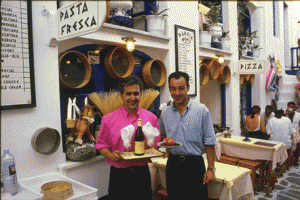
Tavernas abound in both large cities and not-so-large villages, and are popular gathering-places. In a taverna, you can sample retsina (a resin-infused wine) and ouzo (an anise-flavored apéritif), as well as local specialties that include lamb, seafood and eggplant dishes. In some tavernas, you can still hear traditional music played on the bouzouki and join in a dance or two.
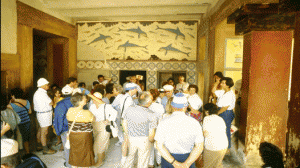
The island of Crete in the eastern Mediterranean was home to the Minoan civilization which reached its height around the 16th century B.C. An advanced people (they had flushing toilets), the Minoans built such impressive structures as the Palace of Knossos, of which one room, the Queen’s Megaron, is seen here. The Minoans were expert seafarers, and much of their art contains ocean motifs like the dolphins in the Megaron.
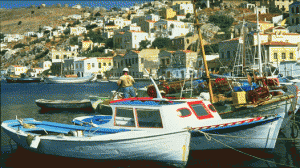
The Greeks have always made the most of their proximity to the sea and fishing is an important local industry; wrasse, octopus, swordfish and squid are among the varieties of sea life that can be found in Greek waters, although some areas have been depleted by of overfishing. Sponges, however, are found in sufficient abundance to export.
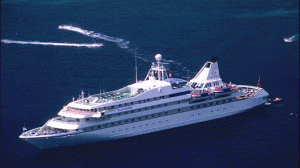
Tourism is one of the most important sources of revenue for the Greek economy; each year, millions of visitors come from all over the world to experience Greece’s culture (both ancient and modern) and beautiful scenery. Some of the most popular destinations are the Aegean islands, such as Ios, Naxos and Mykonos; some people choose to cruise from island to island, rather than limit themselves to just one.
